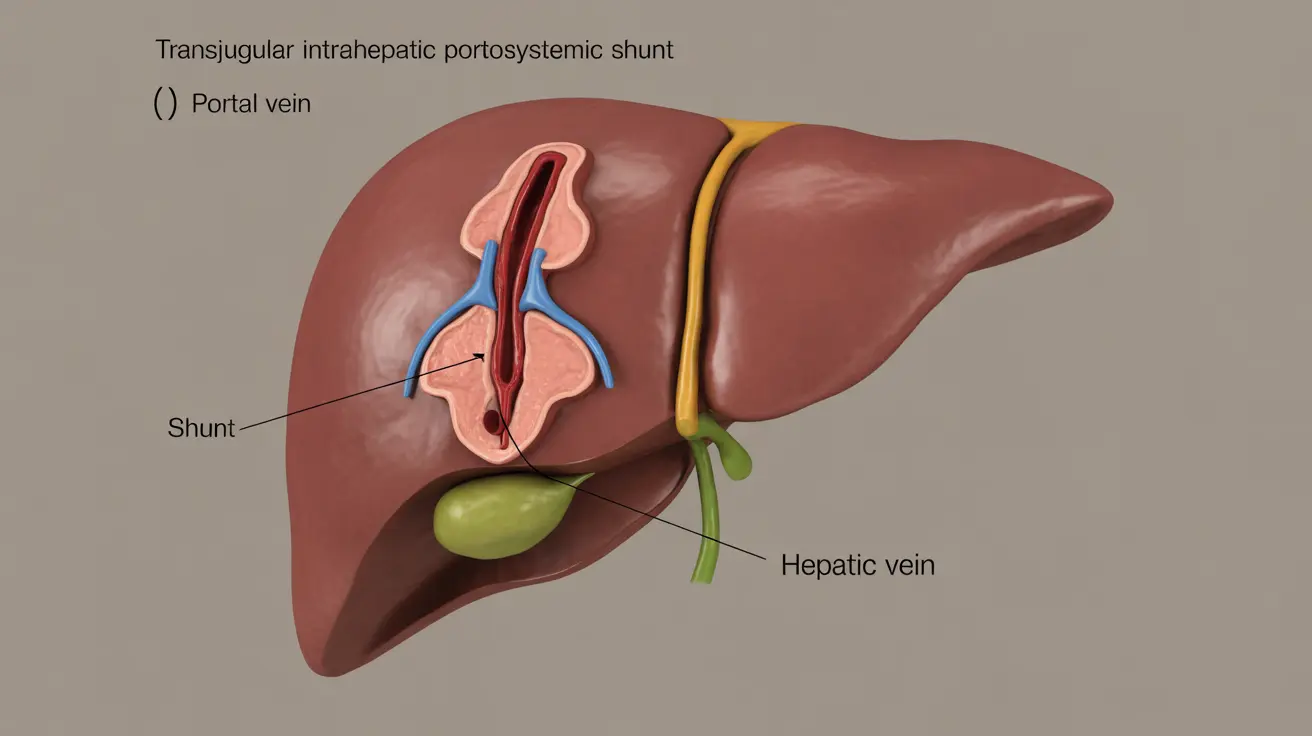A Transjugular Intrahepatic Portosystemic Shunt (TIPS) procedure is a crucial intervention for patients with severe portal hypertension and its complications. Understanding life expectancy and outcomes after this procedure is essential for patients and their families to make informed decisions about their treatment journey.
This comprehensive guide explores the factors that influence survival rates, potential complications, and long-term outcomes following a TIPS procedure. We'll examine how this intervention can improve quality of life while considering important factors that affect recovery and prognosis.
Understanding TIPS Procedure Survival Rates
The life expectancy after a TIPS procedure varies significantly among patients, primarily depending on their underlying liver function and overall health status. Research indicates that patients with well-preserved liver function generally have better outcomes, with some studies showing survival rates of 75-85% at one year post-procedure.
Several key factors influence survival rates:
- Severity of liver disease (MELD score)
- Age at the time of procedure
- Presence of concurrent medical conditions
- Response to initial treatment
- Quality of post-procedure care
Impact of Liver Function on TIPS Outcomes
The state of a patient's liver function plays a crucial role in determining post-TIPS survival. Patients are typically evaluated using scoring systems such as the MELD (Model for End-Stage Liver Disease) score, which helps predict outcomes.
Categories of Liver Function and Outcomes
Survival rates typically correlate with liver function categories:
- Compensated cirrhosis: Better outcomes with higher survival rates
- Decompensated cirrhosis: More variable outcomes
- Severe liver dysfunction: Higher risk of complications and lower survival rates
Managing Complications and Recovery
Successfully managing complications after TIPS is crucial for improving life expectancy. Common complications that may affect recovery include:
- TIPS dysfunction or stenosis
- Hepatic encephalopathy
- Heart failure
- Liver failure progression
- Infection risks
Early recognition and management of these complications can significantly improve outcomes and extend survival rates.
Improving Quality of Life Through TIPS
When successful, a TIPS procedure can dramatically improve symptoms and quality of life by:
- Reducing portal pressure
- Preventing variceal bleeding
- Managing ascites
- Improving overall liver function
- Reducing the need for repeated paracentesis
Long-term Outlook and Monitoring
Regular monitoring after TIPS is essential for long-term success. This includes:
- Regular ultrasound examinations
- Blood work to assess liver function
- Monitoring for signs of complications
- Adjusting medications as needed
- Evaluating the need for liver transplantation
Frequently Asked Questions
What is the average life expectancy after a liver TIPS procedure? The average life expectancy varies significantly based on individual factors, but patients with good liver function can expect survival rates of 75-85% at one year post-procedure. Some patients may live many years with a functioning TIPS, particularly if they maintain good liver function and avoid complications.
How does underlying liver function affect survival rates following a TIPS procedure? Underlying liver function is a critical determinant of survival rates. Patients with better liver function (lower MELD scores) typically have higher survival rates, while those with severe liver dysfunction face greater risks and potentially shorter survival times.
What are the common risks and complications that can impact recovery after TIPS? Common complications include TIPS stenosis or blockage, hepatic encephalopathy, heart failure, and progression of liver disease. Early detection and management of these complications are crucial for improving outcomes.
How does a TIPS procedure improve symptoms and extend survival in patients with portal hypertension? TIPS procedures create an alternative pathway for blood flow, reducing portal pressure and related complications. This can prevent variceal bleeding, manage ascites, and improve overall quality of life, potentially extending survival in successfully treated patients.
Which factors influence long-term survival and the need for liver transplant after receiving TIPS? Key factors include the severity of underlying liver disease, age, concurrent medical conditions, compliance with medical care, and the development of complications. Some patients may eventually require liver transplantation, particularly if liver function continues to deteriorate.




